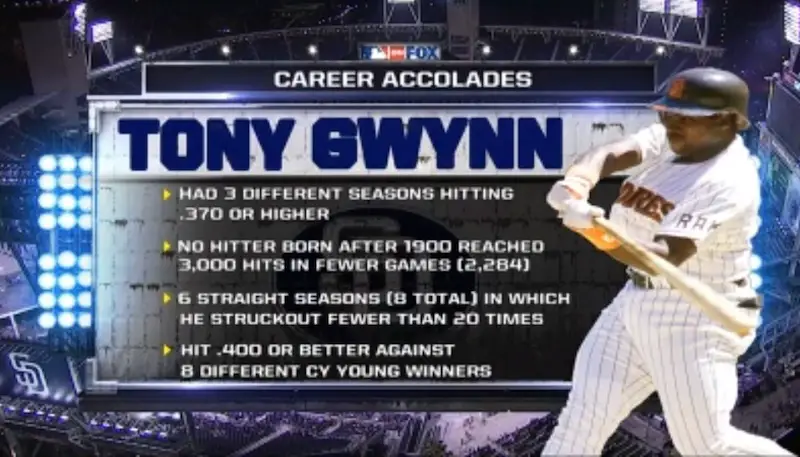- Mac Os X Mysql For Php Converter
- Php Mysql Download
- Mac Os X Mysql For Php Source Code
- Update Php On Mac
- Download Php For Mac
I use MySQL GUI clients mostly for SQL programming, and I often keep SQL in files. My current favorites are: DBVisualizer Not free but I now use. I had the same problem with MySQL on the OSX. It turned out that the MySQL server was actually set up to use a different socket than the default setting in PHP. PHP was looking in /var/mysql/mysql.sock, while mysql was creating the socket in /tmp/mysql.sock. I fixed it by editing the php.ini and set mysql.defaultsocket = /tmp/mysql.sock.

macOS Update: While these instructions still work, there are new posts for recent versions of macOS, the latest being Install Apache, PHP, and MySQL on macOS Mojave.
PHP Update: Mac OS X Yosemite comes pre-installed with PHP version 5.5 which has reached its end of life. After you complete this post, you should upgrade PHP on Mac OS X.
I recently upgraded to Mac OS X Yosemite. It seems Mac OS X Yosemite makes my original post on installing Apache, PHP, and MySQL on Mac OS X obsolete. Specifically, Yosemite includes Apache 2.4. This post is a complete update for installing Apache, PHP, and MySQL on Mac OS X Yosemite.
A reminder that Mac OS X runs atop UNIX. So most UNIX software installs easily on Mac OS X. Furthermore, Apache and PHP come packaged with Mac OS X. To create a local web server, all you need to do is enable them and install MySQL.
I am aware of the web server software available for Mac OS X, notably MAMP. These get you started quickly. But they forego the learning experience and, as most developers report, can become difficult to manage.
Getting Started
First, open the Terminal app and switch to the root user to avoid permission issues while running these commands.
Enable Apache on Mac OS X
Verify It works! by accessing http://localhost
Enable PHP for Apache
First, make a backup of the default Apache configuration. This is good practice and serves as a comparison against future versions of Mac OS X.
Now edit the Apache configuration. Feel free to use TextEdit if you are not familiar with vi.
Uncomment the following line (remove #):
Restart Apache:
You can verify PHP is enabled by creating a phpinfo() page in your DocumentRoot.
The default DocumentRoot for Mac OS X Yosemite is /Library/WebServer/Documents. You can verify this from your Apache configuration.
Now create the phpinfo() page in your DocumentRoot:
Verify PHP by accessing http://localhost/phpinfo.php
Install MySQL on Mac OS X
Mac Os X Mysql For Php Converter
Note: If you are upgrading MySQL you should skip this section and instead read this.
- Download the MySQL DMG for Mac OS X
- Install MySQL
The README suggests creating aliases for mysql and mysqladmin. However there are other commands that are helpful such as mysqldump. Instead, I updated my path to include /usr/local/mysql/bin.
Note: You will need to open a new Terminal window or run the command above for your path to update.
I also run mysql_secure_installation. While this isn't necessary, it's good practice.
Connect PHP and MySQL
You need to ensure PHP and MySQL can communicate with one another. There are several options to do so. I do the following:
Additional Configuration (optional)
The default configuration for Apache 2.4 on Mac OS X seemed pretty lean. For example, common modules like mod_rewrite were disabled. You may consider enabling this now to avoid forgetting they are disabled in the future.
Php Mysql Download
I edited my Apache Configuration:
I uncommented the following lines (remove #):
Note: Previous version of Mac OS X ran Apache 2.2. If you upgraded OS X and previously configured Apache, you may want to read more about upgrading to to Apache 2.4 from Apache 2.2.
If you develop multiple projects and would like each to have a unique url, you can configure Apache VirtualHosts for Mac OS X.
Mac Os X Mysql For Php Source Code
If you would like to install PHPMyAdmin, return to my original post on installing Apache, PHP, and MySQL on Mac OS X.
Update Php On Mac
Find this interesting? Let's continue the conversation on Twitter.
Download Php For Mac
I recently installed mysql 5.0 so I could run bblog on a few of my websites. When I run the config page for bblog (which is php so I know that is working at least) I put in the mysql info and try to continue but it says that it is unable to connect to the database. I know the database is running and I know the info supplied is correct.
I read somewhere that by default OS X php does not know where to correctly find MySQL or something of the likes, however now that I need to know it I can't find the article on how to fix it or exactly where the problem lies.
Anyone have any ideas, I've been stressing out for 3 hours now trying to get it working.
